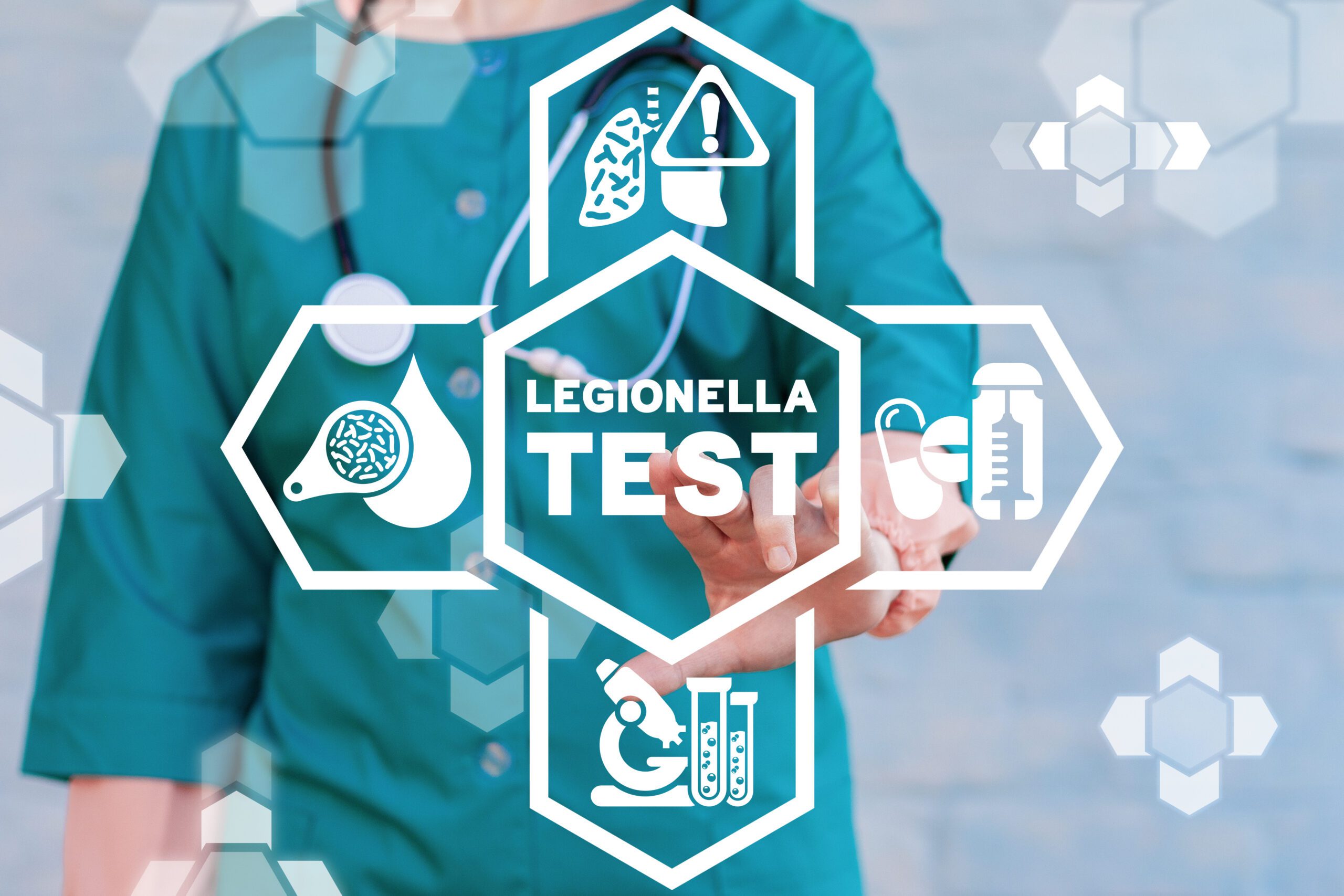Navigating Legionella Sample Results: A Crucial Step
Legionella sample results—ranging from “non-detectable” to “high”—are vital for estimating bacterial amplification risk in water systems. While achieving 100% non-detectable levels may not be strictly necessary, understanding your facility’s results is paramount to effective Legionella management. This article delves into the nuances of interpreting these test levels, the role of AIHA guidelines, and the critical actions your Water Management Team should take to prevent outbreaks of Legionnaires’ disease.
Why Legionella Sample Results Matter
Legionnaires’ disease emerges when Legionella bacteria find favorable conditions to grow and then spread through aerosolized water droplets. Detecting the presence and level of bacteria in your water system is the first line of defense. By interpreting sample results correctly and acting on them promptly, you can significantly reduce the potential for bacterial proliferation and protect building occupants.
High vs. Low Legionella Levels
-
High Positive Levels
- Significance: Indicates a substantial health hazard requiring immediate intervention.
- Action Required: Implement remediation measures—such as hyperchlorination, shock disinfection, or system flushing—to reduce bacterial counts quickly.
-
Low or Detectable Levels
- Significance: Even smaller concentrations may allow for bacterial growth under the right conditions.
- Action Required: Refine your Water Management Plan (WMP) and apply preventative strategies, such as temperature adjustments or low-level disinfection, to stop bacterial amplification.
AIHA Guidelines: A Critical Resource
The American Industrial Hygiene Association (AIHA) provides quantitative recommendations for interpreting Legionella sample results. Their Interpretation of Results Table is particularly helpful, outlining:
- “No Action Required” Thresholds: For levels deemed insignificant or non-detectable.
- Actionable Ranges: If results exceed certain thresholds, the table specifies detailed remedial steps.
Tailoring Guidelines to Your Facility
While AIHA guidelines offer a solid framework, final decision-making rests with the Water Management Team. They must factor in:
- Sample Source: Cooling towers, potable water systems, decorative fountains, etc.
- At-Risk Populations: Hospitals, long-term care facilities, or buildings housing immunocompromised individuals.
- Previous History: Has the location experienced Legionella issues before?
The Role of the Water Management Team
Interpreting Legionella sample results is only half the battle; deciding on corrective actions completes the cycle. Your Water Management Team should:
- Assess System Conditions: Check water temperature, flow rates, and residual disinfectant levels.
- Review Maintenance Records: Confirm that routine tasks like flushing, cleaning, and disinfection have been performed.
- Implement Corrective Measures: Follow AIHA or other recognized standards to address any bacterial presence.
- Re-Test & Verify: Ensure that remediation steps have effectively lowered Legionella counts.
Goal: Preventing Disease, Not Just Achieving Zero
While “non-detectable” Legionella levels are reassuring, maintaining safe conditions in your water system is more critical than chasing zero. By focusing on preventing bacterial growth through consistent monitoring, robust WMPs, and proactive remediation, you protect both equipment and occupant health.
Final Thoughts
Navigating Legionella sample results requires a balanced approach: interpret the data accurately, apply AIHA or other credible guidelines, and tailor actions to your facility’s specific risk profile. Legionnaires’ disease prevention hinges on vigilant testing, informed decision-making, and decisive remediation. By breaking the chain of bacterial amplification, you ultimately safeguard lives and ensure a healthier environment for everyone.

